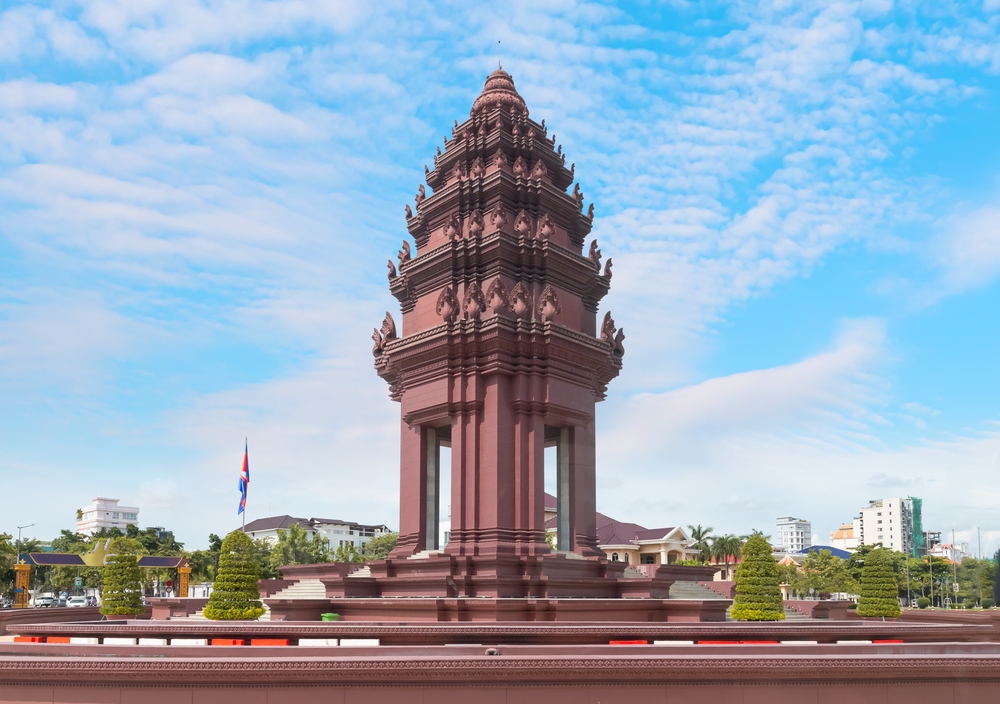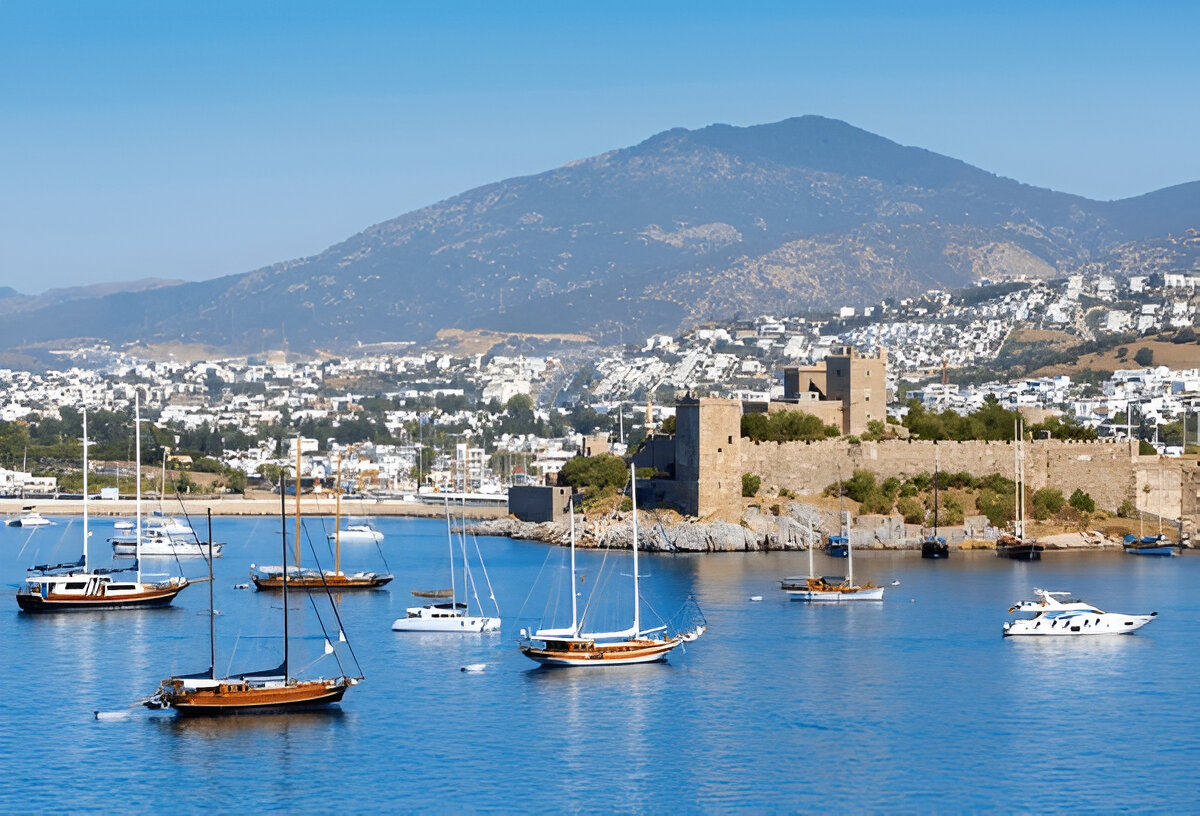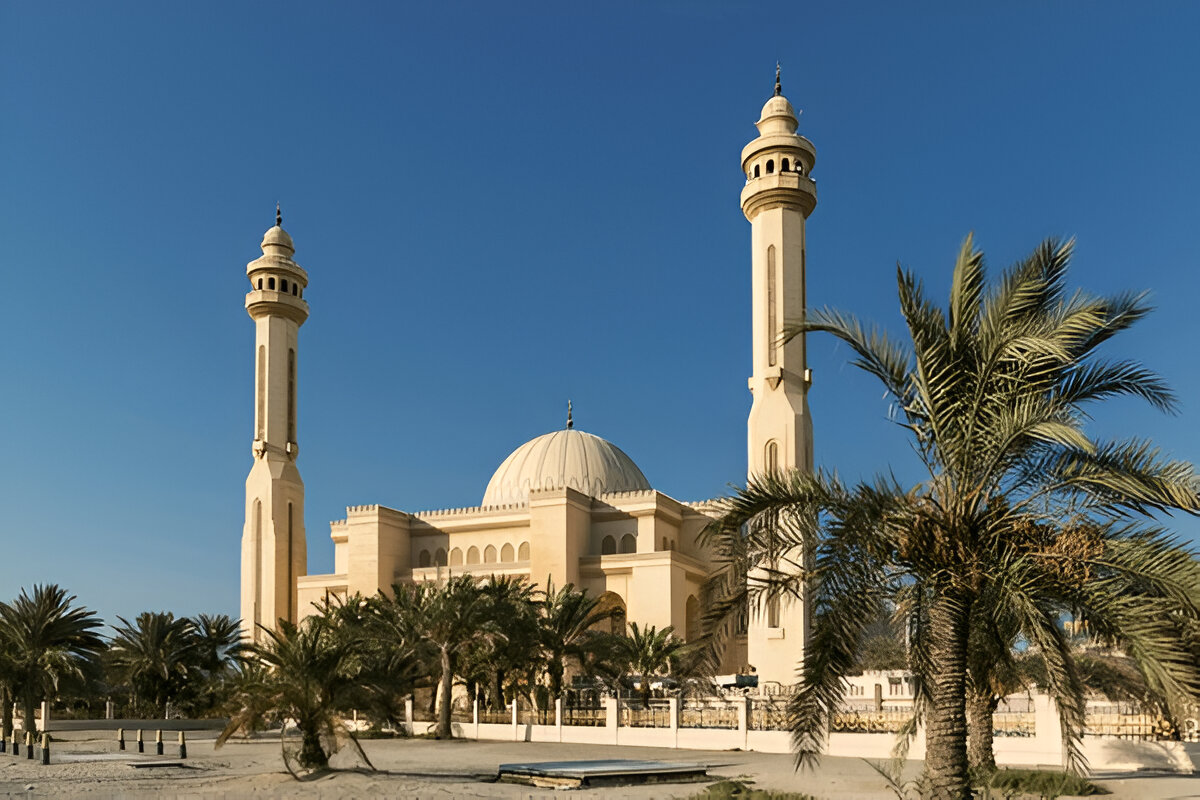Rich in cultural legacy and ancient monuments, Cambodia is known. However, one chapter of its history, the French colonial era, is sometimes disregarded. Under French control, Cambodia was from the late 19th century through the mid-20th century. This impact formed its architecture, way of life, and cities. This past is still evident on the streets of Phnom Penh, Battambang, and Kampot. Combining European designs with Khmer customs produces a special appeal that enthralls guests even now.
The Arrival of the French in Cambodia
In the 1860s, the French landed in Cambodia. Political unrest dogged the nation at that time. King Norodom signed a pact in 1863 for safety, rendering Cambodia a French protectorate. This arrangement provided France authority over Cambodia’s economic and foreign policy while allowing it to retain its monarchy. French politicians influenced the nation’s infrastructure, economy, and education system during the following few decades.
French impact grew throughout the nation. Administrative buildings, roads, and schools were built. Among the fresh crops and businesses the French brought were rubber plantations. Although some Cambodians gained from these developments, others considered them a loss of freedom. Though resistance movements developed, the colonial presence stayed strong until the middle of the 20th century.
CAMBODIA VISA FOR GEORGIAN CITIZENS
French Colonial Architecture: A Glimpse into the Past
The architectural legacy of the French is one of the most obvious ones. Still standing today are many buildings from the colonial era. These buildings capture European forms mixed with regional materials and methods. One outstanding example in Phnom Penh is the Central Market. Constructed in 1937, its Art Deco front with brilliant yellow hue makes it among the most identifiable buildings in the city.
Still another important location is the Royal Railway Station. Built in the 1930s, this graceful structure was a major transit center. Though it was in ruin, modern renovations have revived it. Walking through its hallways transports one back in time.
Battambang, the second-biggest city in Cambodia, is another city where colonial architecture can be appreciated. The town gains unique appeal from wide boulevards lined with pastel-colored shophouses. Many of these structures now hold boutique hotels, art galleries, and cafés, honoring their past while modernizing.
The French Influence on Cambodian Cuisine
Cambodian cuisine was permanently changed by French control. Many recipes nowadays show a blend of French methods with Khmer tastes. Among the most often used models is the baguette. Unlike in France, Cambodian baguettes are somewhat sweet and usually eaten with pâté, pickled veggies, and hot sauce. Street food culture revolves around this basic but amazing snack.
French roots abound in Cambodia’s coffee culture as well. The French brought coffee farms under colonial control. Coffee is still popular today, especially sweetened condensed milk-based iced coffee. Residents and guests still find Cambodian coffee attractive due to its robust, rich taste.
Additionally, French pastries are incorporated into Cambodian cuisine. Bakeries provide croissants, éclairs, and tarts, reflecting a taste in European-style delicacies. French-inspired cafés have become well-known places for leisure and a flavor of the past in towns such as Phnom Penh and Siem Reap.
Education and Language: A Lingering Influence
Additionally, the French colonial era influenced Cambodia’s educational system. Free h was the language of government, and several institutions adopted European-style courses. Though Khmer remained the main language among the educated class, French became somewhat common.
Some older Cambodians still speak French. Although its influence has dropped, French is taught in several colleges and universities. French language education is still provided by establishments such as the Lycée René Descartes in Phnom Penh, preserving contemporary Cambodia’s colonial legacy.
CAMBODIA VISA FOR GRENADIAN CITIZENS
The End of French Rule and the Road to Independence
Power changed in Cambodia as World War II progressed. The Japanese briefly seized the nation, undermining French rule. Following the conflict, Cambo and the nationalists sought freedom. King Sihanouk effectively negotiated Cambodia’s freedom by 1953, ending over a century of French control.
Though the colonial era was over, its influence persisted. Many buildings, condominiums, and ideas brought in that era still influence Cambodia today. Agricultural and architectural aspects of French and Khmer influences combine to provide a unique character.
A Walk Through Cambodia’s Colonial Past
Investigating Cambodia’s colonial past helps one grasp its history more fully. Walking down the riverside in Phnom Penh exposes magnificent structures originally home to French officials. Visiting the governor’s residence or the historic post office in Kampot allows one to see colonial life. Riding a bicycle in the town center of Battambang reveals lovely, timeless French-style shophouses.
Though colonial control presented difficulties, this era helped to shape Cambodia’s present. Travelers from around the globe still find a great attraction in the mix of French and Khmer cultures. Modern Cambodia nonetheless mirrors the past in architecture, cuisine, and language, as well as in other spheres. Walking these old streets honors Cambodian culture’s resiliency and adaptation and is a history trip.




